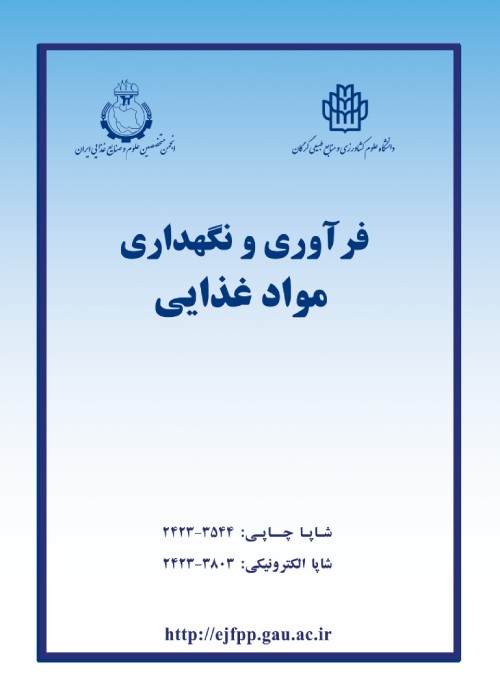The influence of Basil seed gum on the stability, particle size and rheological properties of oil-in-water emulsions stabilized by sodium caseinate
Emulsion consist of two immiscible liquids (usually oil and water) where one of the liquids is dispersed in the other in form of small (0.1–100 µm) spherical droplets. Emulsions are widely used in the formulation of food, pharmaceutical and cosmetic products. Emulsion are thermodynamically unstable due to the unfavorable contact between oil and water molecules and as a consequence their physical structures will tend to change over time.Two types of ingredient are important in the formation of an emulsion system: emulsifier and stabilizer. One of the key functional roles of food hydrocolloids is in the preparation of emulsions and in the control of emulsion shelf-life. Most hydrocolloids can act as stablizers (stabilizing agents) of oil-in-water emulsions, but only a few can act as emulsifiers (emulsifying agents). Addition of emulsifiers allows the formulation of stable emulsions thanks to the formation of structured interfacial films. The most widely used polysaccharide emulsifiers in food applications are gum arabic (Acacia senegal), modified starches modified celluloses, some kinds of pectin, and some galactomannans. In this research one Iranian gum (Basil seed gum) have been used as stabilizers in emulsion formulation. According to O/W emulsions samples of Basil seed gum (0- 0.3%wt) on caseinate-stabilised emulsions (0.5% wt) in neutral conditions (pH=6.5) prepared by application of ultrasound with power 150 w, frequency of 20 KHZ for 6 minutes. and then stability, rheological properties and particle size distribution of emulsions were measured The results of stability showed that the highest amount of creaming was related to emulsions containing 0.3% wt BSG and the highest stability was related to 0.08 and 0.15% wt of BSG 28 days of preparation The flow curves showed that the flow behavior of all emulsions was non-Newtonian and shear-thinning.. The best fitted models were Ostwald for low and Herschel-Bulkley for concentrations higher than 0.02% wt of BSG). Frequency sweep tests revealed the viscoelastic behavior of emulsions that they showed higher elastic modulus than viscous modulus at low frequencies with dominantly viscous modulus higher than cross-over point at high frequencies Investigation of changes of particle size distribution with addition of BSG showed that particle size of SCN emulsions significantly decreased with a little amount of BSG compared to individual SCN emulsions. Statistically, there were no significant differences between particle size of different concentrations of BSG (p0.05) while at concentration of 0.3% wt the presence of large amount of unadsorbed BSG molecules led to depletion flocculation and significantly raise in size of particles.
- حق عضویت دریافتی صرف حمایت از نشریات عضو و نگهداری، تکمیل و توسعه مگیران میشود.
- پرداخت حق اشتراک و دانلود مقالات اجازه بازنشر آن در سایر رسانههای چاپی و دیجیتال را به کاربر نمیدهد.


